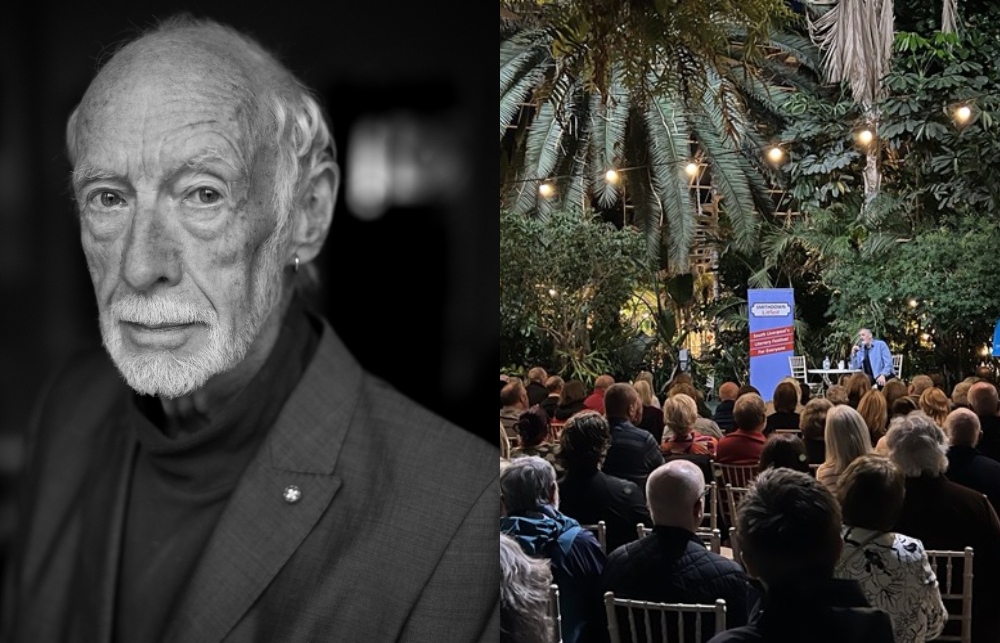
Culture
20 years after it reopened, how people power saved Sefton Park Palm House from ruin
4 years ago
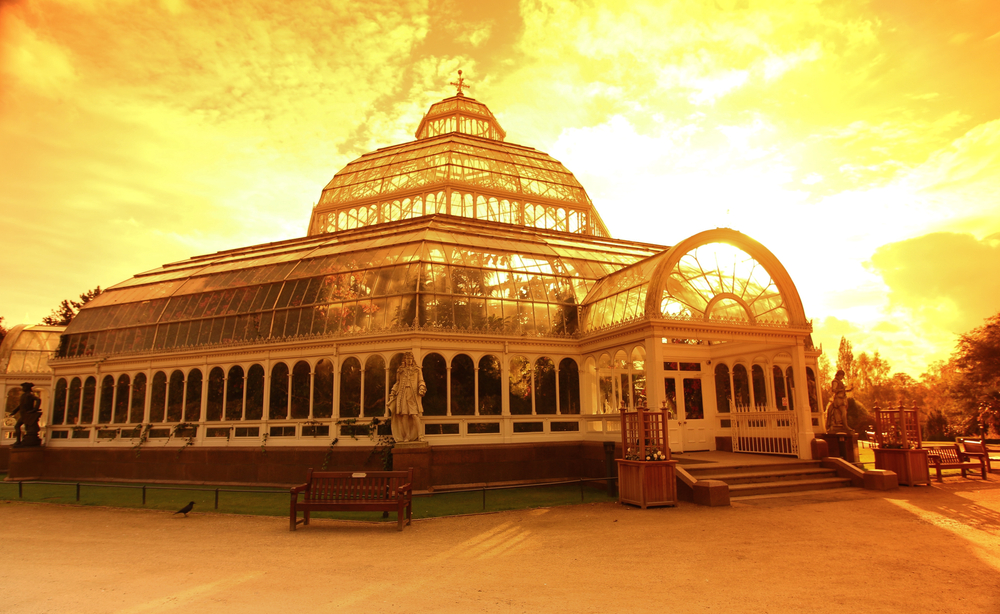
Now one of Liverpool’s best-known and loved landmarks, the beautiful Grade II Victorian Palm House in Sefton Park is celebrating the 20th anniversary of its reopening.
Restored to its former glory and with modern interior additions which have brought it into the 21st century, it’s hard to imagine that back in the 1980s and ‘90s the building was under threat of demolition.
So badly neglected had it been since it suffered bomb damage in the May Blitz of 1941, that every piece of ironwork was rusted and pretty much every pane of glass was broken. All 3710 of them.
Only a massive collective effort by Liverpool people who were desperate not to lose it rescued the Palm House from its sad rotting state.
Their passion and determination gave it hope of survival, and when the Heritage Lottery Fund was created their efforts convinced the powers that be to award a grant of almost £2million. Further funding from English Heritage was enough to allow the much-needed restoration to begin.
And in September 2001, having amassed £3.5million in grants and funds raised by local residents, including almost £40,000 from a sponsor-a-pane campaign, the Palm House finally reopened.

1950
This week the Palm House is marking its 20th anniversary and its volunteers, who were involved in the campaign three decades ago, have been sharing the incredible story of how it was saved.
One of them, Sue Tresidder, regularly takes tours around the building to tell visitors from the UK and further afield all about its history.
Her partner Derek was one of those who first got involved in the campaign after a cheeky stunt by two students brought it to everyone’s attention.
“The Palm House was built in 1896 at a cost of £12,000 and it was fine until the May Blitz when there was a huge bomb in Aigburth Vale which blew a lot of the glass out,” she explains.

The Palmhouse in 1980
“In the war they didn’t have the time, energy or money to do anything about it, then in the ‘50s they got some war reparations money and put the glass back but they used modern putty and tried to fix the panes to something that was already corroded. Also, in the ‘60s the council decided turn the heating up so instead of being a winter garden as it was intended it became very tropical and that made the corrosion worse.
“Panes started falling out again in the late ‘80s so they put a security fence around to keep everyone out because it was unsafe but there was no money to fix it.

“Students living across the park nipped over the fence with a huge banner made of an old sheet with ‘Save It’ written in red letters and fixed it around the outside. It was absolutely enormous so everyone started walked by and going ‘why don’t we’?”
Jane Baxter attended the first public meeting which was organised in response to the banner.
“I remember it seemed there was an awful lot of anger which all spilled out in this meeting – everybody was mad at the council at the time because they’d turned down a few fairly small amounts of funding and spent it on things that were probably seen as more necessary.
“People felt very strongly about it so they passed a hat round and got £70 which was quite a lot of money back then.”
That first £70 got the ball rolling, although it actually took a further seven years of lobbying, event organising and petitioning to get to the point where they could finally apply for larger grants.
“We got this groundswell of desperation to get it done because it was threatened with being knocked down,” says Jane.
The campaigners even held a series of events inside the building, after the council took out the broken glass and made it secure.

Jane Baxter and Sue Tresidder at Palm House
“We did a lot of whacky things like having the Phil’s chief violinist up on a cherry-picker playing his violin – you could see it swaying in the wind!” recalls Sue. “It was open to the elements, with one standing pipe and no loos, and we also had a group of singers from the cathedral who performed. It was a terrible wet day and my friend’s husband was drying the seats with a tea towel but then as they started singing, the moon came out, the clouds parted and it was just magical.”
Those privately-raised funds, backed by support from Liverpool music legends George Melly and George Harrison, made it clear that people cared about the Palm House and helped secure the Heritage Lottery grant as well as other contributions including from the city council.

In 1998, the pieces of ironwork were taken down one by one and numbered before they were transferred to restorers in Yorkshire to be blasted and welded. Once it was reassembled, each of the panes – which are actually flat despite the Palm House’s curved look – could be reinstalled, and new heating, lighting and sound system added to allow the building to hold events.
Back to its stunning self, in October the Palm House will celebrate its 125th birthday.
“It is unique and as a Palm House it’s just so beautiful on the eye,” says Jane, “it’s a very special place.”






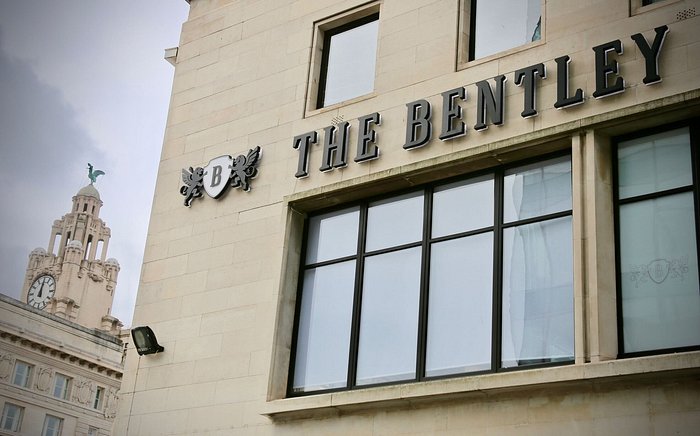
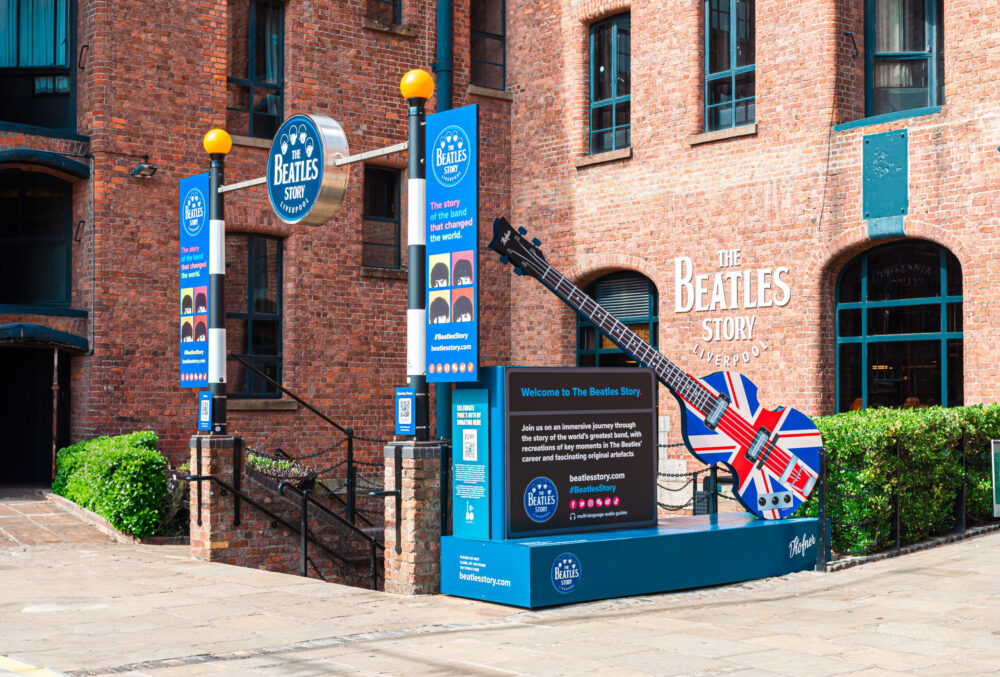
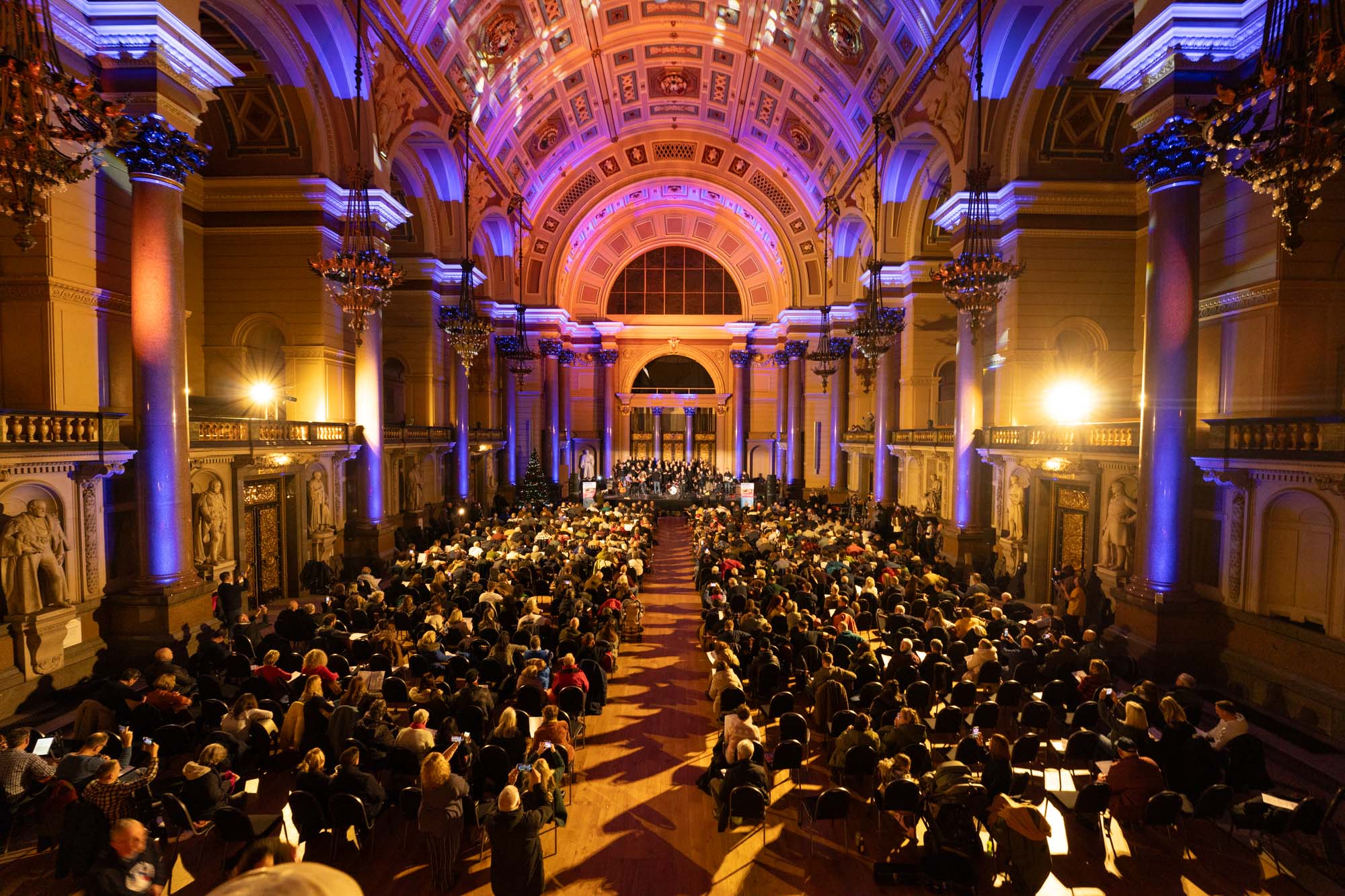
 Subscribe
Subscribe Follow Us
Follow Us Follow Us
Follow Us Follow Us
Follow Us Follow Us
Follow Us Follow Us
Follow Us











